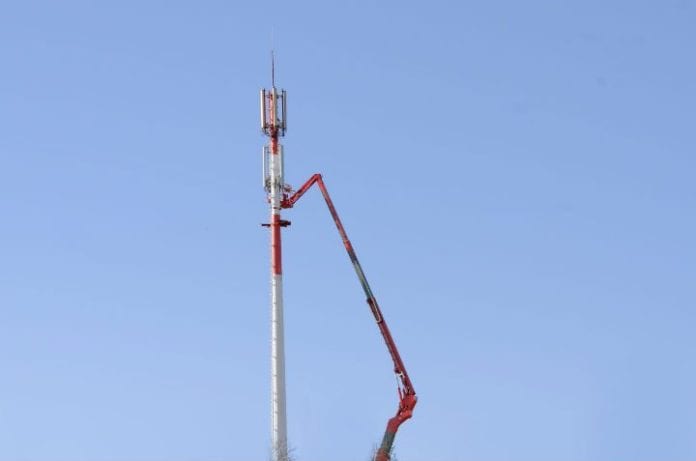Representatives from CommScope and Kathrein note 5G is still in early days, though industry is prepping for new technology models.
DALLAS – With the first official “5G” standards still not expected until the end of next year, the topic of how the wireless technology evolution will impact the antenna market was discussed at a panel at this week’s 5G North America event.
With still quite a bit of work ahead, representatives from a pair of antenna providers both indicated that while they are in tune with the standards proceedings, there remained few concrete plans to judge a current impact on the space.
“This is still very early days,” noted Kevin Linehan, VP in the CTO office at CommScope, adding the real work on 5G will not start until after the current work on LTE-based Release 14 is concluded.
In terms of what’s expected in the early 5G standard, Linehan said the most recent decisions have seen the “internet of things” left out of the process, while millimeter wave spectrum up to the 40 GHz band included, both of which surprised him in their exclusion and inclusion.
The work on millimeter wave spectrum is expected to have the greatest impact on the antenna space as manufacturers will need to find ways to develop cost-effective models designed to handle the high-band spectrum resources. David Kokotoff, senior sales engineer at Kathrein, noted the Third Generation Partnership Project was already looking at new spectrum propagation models to deal with these new bands, explaining current models designed to deal with bands below 6 GHz aren’t coming in as accurate as needed.
Linehan also noted the need for better propagation models to deal with expected advances in active antenna systems that should allow mobile carriers to vary the tilt of antennas to deal with changing usage patterns.
One potential advancement in antenna technology could come from the further integration of silicon into the overall unit, with Kokotoff noting the possibility of lower costs modules helping to drive support for deployment plans.
“Right now the radio is separate from the antenna, but there is work looking at combining the two,” Kokotoff explained, adding those efforts are also set to remove many of the current ports needed to connect the two modules. This could force new testing methods and facility designs in order to ensure the completed solution is commercial ready straight from the factory similar to how devices are currently expected to perform.
This topic also led to a discussion on the possible challenges in testing more integrated antenna solutions that will lack the ports typically used to test system performance.
“This changes the whole landscape of how we test base station antennas,” Linehan said. “Testing will be a lot different.”
Joe Madden, principal analyst at Mobile Experts and moderator of the discussion, said he sees the potential for control channel work and testing being conducted over the LTE uplink band expected to support initial 5G deployments, which are likely to focus on high throughput downlink services.
Following up on a question from the audience, Linehan also downplayed the potential of alternative “internet of things” network providers like Sigfox or Ingenu making a significant impact in the services market, citing advantages embedded in the operations of established mobile carriers. Those include the ability for basic software upgrades to current LTE networks in order to support IoT-specific use cases.
“The IoT business case is still sketchy,” Linehan said. “Carriers will be able to explore the market with just incremental costs.”
Bored? Why not follow me on Twitter

